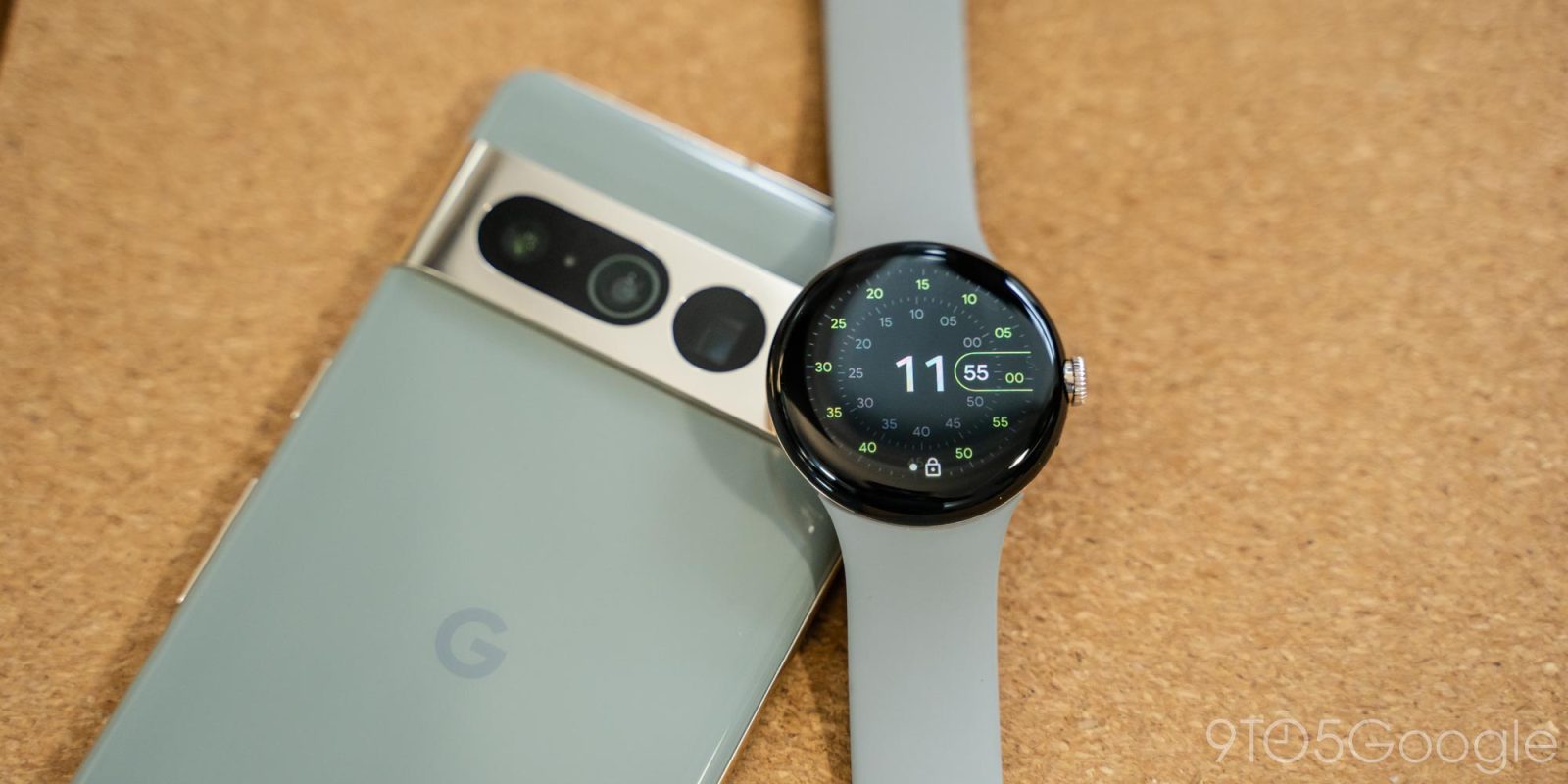
In the broadest sense, Pixel phones are differentiated by AI and ML-powered features. The Pixel Watch — in the modern era* — is Made by Google’s third form factor with “Pixel” branding. As a first-generation device, its claim to that name is somewhat more tenuous.
So far with Pixel
The camera is the defining feature of Pixel phones, thanks to computational photography. It’s an area that Google is working to continually improve and has been the form factor’s throughline.
Pixel Buds started with that same AI footing through a combination of Assistant and translation capabilities that debuted on the first-generation neckbuds. This continued with Adaptive Sound and Attention Alerts, but those features were removed with the Pixel Buds Pro in a bid to make a truly focused (and good) pair of headphones.
*A note on the Pixelbook, Slate, and Go: These three ChromeOS devices, in my opinion, lacked meaningful AI/ML features on the same scale as Pixel phones and Buds. At launch, machine learning was just mentioned as being used for the Pixelbook Pen’s handwriting recognition, while the Pixel Slate’s cameras leveraged ML to offer Portrait mode. Google gave no AI/ML angle for the Pixelbook Go. (The ChromeOS team did not publicly discuss “utilizing [Google’s] artificial intelligence technology to help people proactively” as part of offering more “intelligent experiences” until 2021.)
Coupled with their current cancellation, this absence helped contribute to a lack of uniqueness and differentiation that set apart the form factor, especially compared to Pixel phones.
Google’s Fitbit & watch faces
With the Pixel Watch, the main smart feature is health tracking, and Google was specifically credited as helping build Fitbit’s “most accurate heart rate tracking yet.” Fitbit’s James Park explained how the “Pixel Watch uses a combination of on-device machine learning and deep optimization, down to the processor level, to give you an accurate measurement of your heart rate continuously at once per second.” Testing has indeed found that it’s more accurate than existing Fitbit hardware.
In terms of user experience, Fitbit information is prominently exhibited using Wear OS tiles for Daily heart rate, Exercise quick launch, Last activity, Main goal, Sleep, and ECG Quick Launch. In fact, this card-based UI element was even exported to Fitbit’s latest smartwatches.
Meanwhile, there are the Fitbit Today (daily stats feed) and Exercise “apps,” but otherwise, the only other exclusive Pixel Watch application today is Personal Safety’s Emergency SOS. From a partner perspective, Google Assistant, Home (though there’s a Quick Settings shortcut on the Pixel Watch), Wallet, and YouTube Music have to be available for all OEM watches.
Outside of Fitbit, the biggest expression of Pixel are the watch faces, which are roughly analogous to the Pixel Launcher and wallpapers on phones. Google did a rather good job designing watch faces for the Pixel Watch by exercising restraint. Not one face can be overloaded with complications like Infograph on the Apple Watch and some of Samsung’s. Those faces, along with countless third-party Wear OS designs, pack in so much information that legibility is impaired. Oftentimes, those designs betray an overeagerness to take every advantage of the digital nature of a smartwatch that lets you use every inch of the screen. This is done without regard for the fact that watch interactions are short and — ironically — time-constrained.
The other signature experience offered by Pixel phone is software updates. Wear OS 3.5 debuted on the Galaxy Watch first, but Google’s device had not yet launched at that point. It wouldn’t be surprising if the Pixel Watch got major updates, with yearly ones planned, first going forward. That said, much of the Wear OS experience these days is delivered through apps and services updated via the Play Store, so new software releases (versus experiences) are not as big a selling point as on phones.
Is it enough?
Outside of the camera, Pixel phones have a few other software exclusives that are defined by their on-device nature. The Pixel’s Recorder app might make sense on a watch, but the on-wrist use case is more suited toward making quick voice memos, which is why Apple and Samsung offer such an app on their watches.
Being able to have those memos accurately transcribed and doing so from such a portable form factor is handy, but that might be better suited for a dedicated notes app. Meanwhile, for anything longer (e.g., meetings and lectures), your phone is more than likely within reach. The same can be said for Now Playing, with battery life and always-on background listening raising technical concerns.
Meanwhile, At a Glance – what Google thinks will be helpful to you in a prominent space on your lock and homescreen – would be very interesting on the Pixel Watch to better manage alerts. However, watch face complications basically address that use case, with people preferring to choose what information they want to see. Google could bring At a Glance as a dedicated watch face — the Apple Watch has a card-based Siri one — or a large rectangular complication slot, which on the Pixel Watch is currently unique to Utility and severely underused.
The Pixel’s AI features are a worthy competitive advantage in the smartphone realm. Several years into the Apple Watch, fitness has emerged as the selling point, and Google literally bought Fitbit to deliver a competitive experience. It remains to be seen whether Fitbit tracking will ever come to devices from Fossil and Ticwatch, but it could very well remain exclusive to first-party devices like the Pixel Watch and that “premium” Fitbit Wear OS watch teased at I/O 2021.
At the end of the day, Fitbit could be enough to make the Pixel Watch a Google Pixel device. However, a chipset that’s newer than four years old and eventual battery tech advancements will helpfully let Google bring smartwatch-native AI features to the Pixel Watch. That differentiation would make the smartwatch landscape much more interesting.
FTC: We use income earning auto affiliate links. More.











Comments